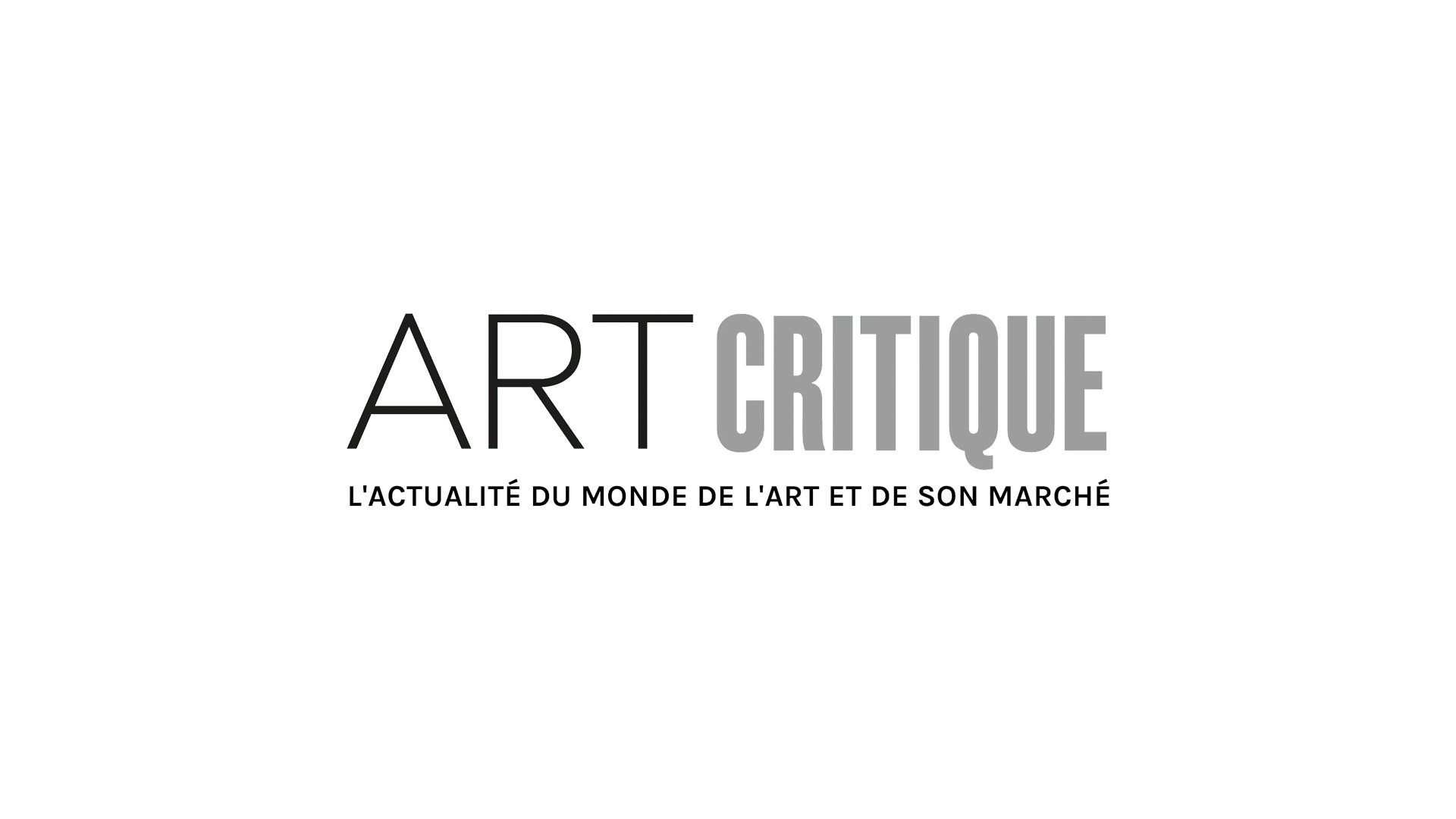Copyright can be a huge gray area when it comes to incorporating artworks by other artists into new works. CJ Hendry, a New York-based artist, for example, ran into that issue when she created photorealistic images of crumpled Warhol polaroids, printed them on t-shirts, and planned to sell them last year. Just before the launch of those t-shirts, she was hit with a copyright issue and disposed, albeit in a fantastically creative manner, of the shirts as to not disregard the issues of fair use.
In recent years though, Warhol himself, who died more than three decades ago, was involved with copyright issues concerning prints he created of Prince in 1984. In 2017, the Andy Warhol Foundation for the Arts preemptively sued photographer Lynn Goldsmith (b. 1948) stating that the photograph Warhol used, which was taken by Goldsmith in 1981, was transformative and thus did not infringe on fair use. Naturally, Goldsmith met them with a countersuit. Just a few days ago, Manhattan US District Judge John G. Koeltl ruled in favour of the Andy Warhol Foundation in a summary judgement.
The prints in question were part of a series Warhol created in 1984 dubbed the ‘Prince Series’ and contained a total of 16 artworks. That year, Vanity Fair obtained permission to use the photo by Goldsmith for $400. The publication then commissioned an illustrated version of the image by Warhol and used the Pop artist’s version in an article on Prince titled ‘Purple Fame’ written by Leon Wieseltier. Why the long gap you might ask? Vanity Fair published the article again in 2016 and Goldsmith claims it was the first time she became aware of Warhol’s use of the image.

Koeltl stated that the image had in fact been transformed enough by Warhol as to not abuse rules of fair use. He found Goldsmith’s original black and white portrait showed a ‘vulnerable, uncomfortable person’ while Warhol’s vibrant, cropped print depicted ‘an iconic larger-than-life figure.’ Koeltl’s statement in part read:
‘The Prince Series works can reasonably be perceived to have transformed Prince from a vulnerable, uncomfortable person to an iconic, larger-than-life figure. The humanity Prince embodies in Goldsmith’s photograph is gone. Moreover, each Prince series work is immediately recognizable as a “Warhol” rather than as a photograph of Prince — in the same way that Warhol’s famous representations of Marilyn Monroe and Mao are recognizable as “Warhols,” not as realistic photographs of those persons.’
Barry Webin, lawyer for Goldsmith, told The New York Times that they do plan to appeal the judge’s findings. In a statement to artnet News, Goldsmith said: ‘I know that some people think that I started this, and I’m trying to make money. That’s ridiculous — the Warhol Foundation sued me first for my own copyrighted photograph.’ The Andy Warhol Foundation is also asking for reimbursement for legal fees accrued during the lawsuit. ‘I’m feeling like David versus Goliath,’ Goldsmith told artnet News. ‘Do you think I want this battle? But if I don’t do it, what happens to all artists in the future?’

To help cover the legal fees she may well be covering, Goldsmith has turned to the public for help kicking off a GoFunMe, which has raised more than $17,500 for her cause.





